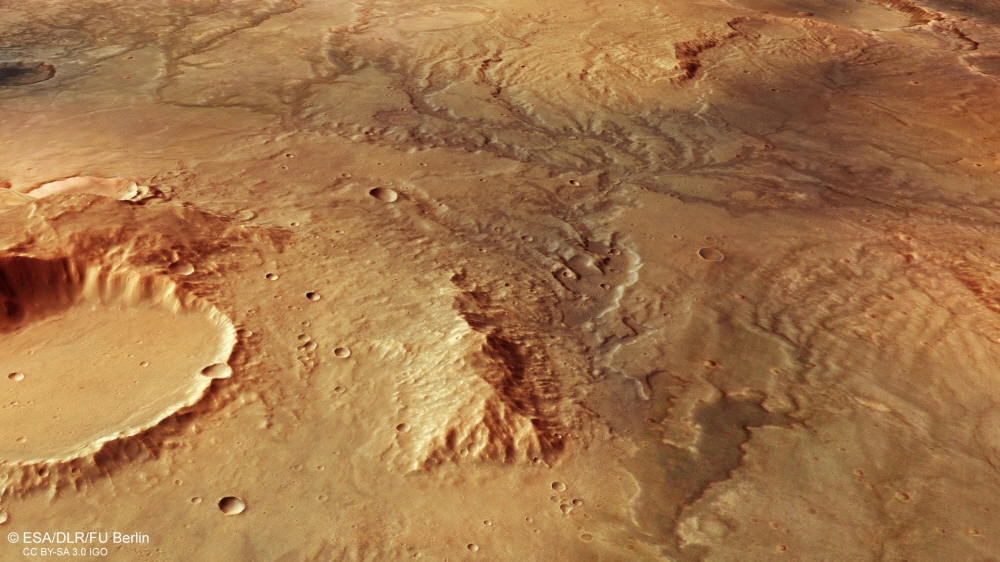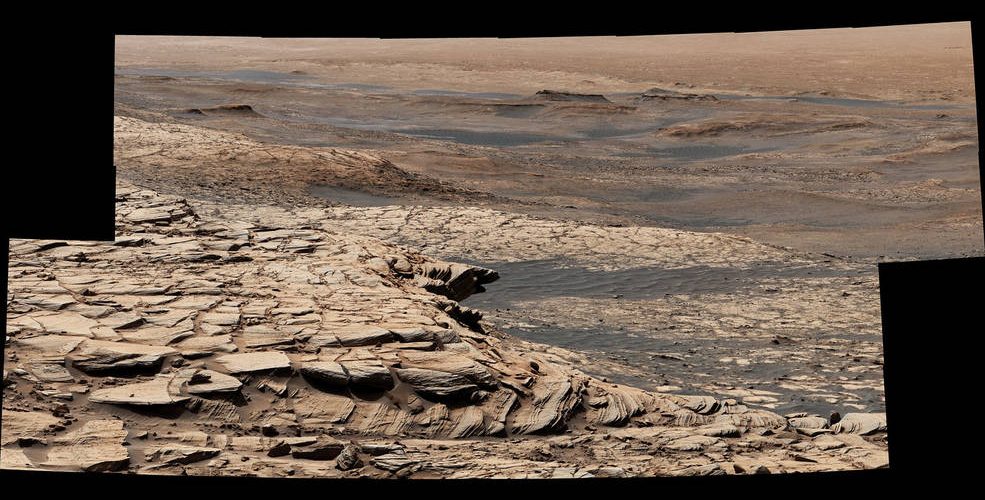
Mars, which is currently being explored, is thought to have once been a water-covered planet like Earth. But now the surface is dry. A new paper published by a research team at the California Institute of Technology on the question of where the water on Mars has gone is that it is possible that large quantities of water may be trapped in Mars minerals.
It is known that a lot of water once existed on Mars, and it is believed that a sea of 100-1,500m in depth existed 4 billion years ago. However, the water on Mars is scattered over time, so just looking at the photographs of the surface of Mars taken by the NASA Mars rover Perservance, you can only see the desolate land unfolding.
The question of where the mass of water disappeared is that the moisture contained as water vapor in Mars’s atmosphere escaped into outer space with the atmosphere due to weak gravity and solar wind. It is also pointed out that there is ice in the basement of Mars.
The researchers at the California Institute of Technology and NASA’s Jet Propulsion Research Institute conducted an analysis using data from a Mars rover and meteorites from Mars to clarify this question. The analysis confirmed the amount of water present on Mars in the form of vapors, liquids, and ice, and the chemical composition of the atmosphere and surface, but the focus was on the type of hydrogen.
Deuterium is a hydrogen isotope whose atomic nucleus consists of one proton and one neutron, and is heavier than ordinary hydrogen whose atomic nucleus consists of one proton. Although the ratio of deuterium and hydrogen is 0.02%, hydrogen is usually lighter than deuterium and is easily scattered in outer space along with the atmosphere, so if the water on Mars is scattered into space, the proportion of deuterium remaining on Mars is expected to be higher than the normal level.
However, considering the amount of water that was originally on Mars or the amount of hydrogen scattered in outer space on Mars, the ratio of deuterium to hydrogen on Mars cannot be explained only by atmospheric loss. In this result, the research team suggested that the water on Mars not only escaped into space through the atmosphere, but also that water is trapped in the minerals of the earth’s crust.
The team says atmospheric waste does not fully explain data on quantities that once existed on Mars. According to a simulation conducted by the research team, 30% to 99% of the water present on Mars could be trapped in crust minerals.
It is not limited to Mars that minerals and water react to trap water in minerals, but moisture minerals filled with water in the mineral crystal structure also exist on Earth. However, on Earth, mineral water is released into the atmosphere through volcanic activity and circulates, so water does not become trapped in minerals.
Meanwhile, Mars is said to be in a state where water trapped in minerals does not circulate and does not return to the atmosphere because there is no volcanic activity. The team says that this water cannot be recycled back after it has been separated at a fairly rapid stage. According to simulations, most of Mars’ water was lost between 4 and 3.7 billion years, and 3 billion years ago, it can be said that it is almost as dry Mars as it is today.
The researchers say that atmospheric waste clearly has a clear impact on water loss, but the results of the Mars mission over the past decade point to the fact that there were water reservoirs by ancient water minerals that reduced the availability of water with formation.
The research team is very excited about the Mars probe, which has been in operation since February 2021. It is argued that the combination of data collected by Perseverance and the research team’s model allows us to understand what is right and what is wrong in the model from which the simulation was derived, and to access more accurate answers. Related information can be found here.


















Add comment